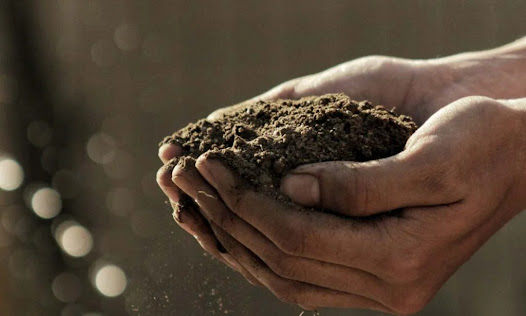How To Produce The Best Disposable Non-Woven Medical Textiles?
Disposable non-woven medical textiles are becoming increasingly popular due to their ease of use and low cost. A wide variety of disposable textiles are used in homes, hospitals, hotels, and restaurants. There is no need to worry about washing or cleaning the textiles because they can be disposed of after use. As a result, the global demand for disposable textiles has increased. With innovations, there is a wide range of single-use textiles on the market.
Furthermore, specialty textiles for healthcare are manufactured, such as isolation gowns, Howie coats, disposable trousers, liquid-resistant laboratory coats, sleeve protectors, latex anti-allergic gloves, surgical gowns, disposable bed sheets, shoe covers, and so on. These textiles are long-lasting, lightweight, and inexpensive. Single-use textiles are made from woven and non-woven fabrics.
Why are non-woven medical textiles becoming increasingly popular?
Non-woven medical textiles have become increasingly popular in recent years. The increasing rate of infectious disease outbreaks, including known and new diseases, is a significant factor in this rising need. This is evident in the current coronavirus outbreak. Knowing how to mass produce non-woven medical textiles is critical, given the growing demand for these products. To do so, it is critical to understand the key characteristics of high-quality medical textiles.
What are the properties of non-woven medical textiles?
Medical textiles rely heavily on non-woven medical textiles, and demand is growing. The primary reason non-woven medical textiles have been chosen as the preferred candidate for medical textiles is that the material's various properties can be tightly controlled to produce the appropriate textile for a specific use. The following are examples of easily controllable properties:
• Porosity
• Thickness
• Weight\Stretchiness
• The softness of the surface
• Sterilization ease
Non-woven medical textiles are inexpensive and quick to manufacture, making mass production simple. This is especially helpful when there is high demand.
Why and what are the different fibers used to produce the best non-woven medical textiles?
Two types of fibers are used in non-woven medical textiles: natural and synthetic. Wood pulp, cotton, and rayon are the natural fibers used. Wood pulp is widely used because of its obvious absorbency and low cost. Rayon and cotton are suitable for direct use on wounds. They absorb well and make excellent non-wovens. The following are some of the reasons why natural fibers make excellent medical non-wovens:
• They have excellent breathability and are highly absorbent of exudate and blood.
• Excellent aesthetic qualities
• It is simple to clean and can be sterilized.
• Excellent dimensional stability and temperature operability ~ 175 deg C
• Biodegradable
• Outstanding drape and conformability
• Excellent heat resistance
• Outstanding water retention capacity
Polypropylene is the most commonly used synthetic fiber in this application because of its excellent rheological properties and hydrophobicity, which is desired in some systems where barrier properties are required. Further, for its low cost, bicomponent fibers, which are widely used in thermal bonding and added functionality, it is used. Synthetic fibers also contribute to the product's strength, static dissipation, solvent resistance, and other desirable characteristics. The following are the properties of synthetic fibers that are required in many applications:
• Hydrophobicity: the ability to function as a barrier fabric
• Processability
• cost-effectiveness
• Better performance as a result of strength and low density
• Simple to dispose of and non-hazardous
What are the product applications and results of using disposable non-woven medical textiles?
High-quality non-woven medical textile production yields a composite material with high breathability and absorbency and the ability to keep out dangerous pathogens transmitted through the air or bodily fluids. These non-woven medical textiles can then be used for a variety of medical purposes, including:
• Gowns for surgery
• Drapes
• Medical masks
• Shoe liners
• Bandaging
• Bed sheets
• Coverings for pillows
What are the qualities of the best non-woven medical textiles?
A quality non-woven medical textiles product has the following characteristics:
• Wet strength is very high.
• Excellent barrier properties
• Shear strength is very high.
• Sterilization-friendly
• Abrasion and tear resistance
• Long storage life (3+ years)
• No odor
• Comply with medical regulatory requirements.
Conclusion
Non-woven medical textiles protect and save patients' and healthcare workers' lives. Because they are so important, they must be made to the highest possible standards. To do so, you must understand the most important characteristics of high-quality non-woven medical textiles and the potential production challenges. When you have complete control over the manufacturing process, you can ensure the highest quality medical textiles for today's demanding medical landscape.



Comments
Post a Comment